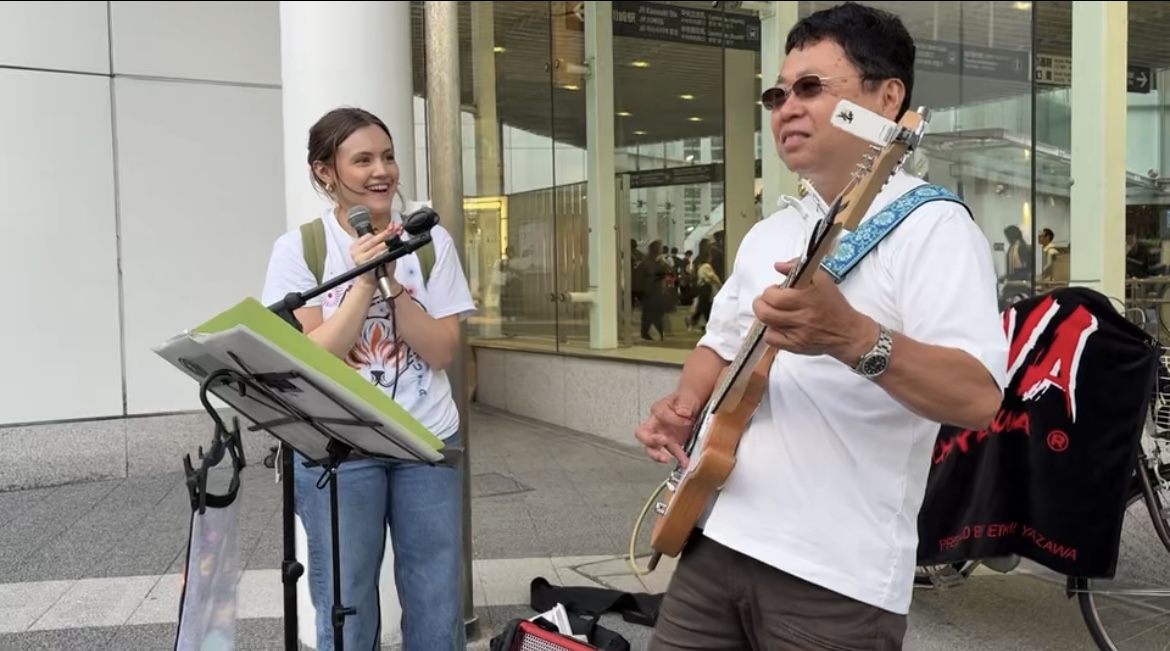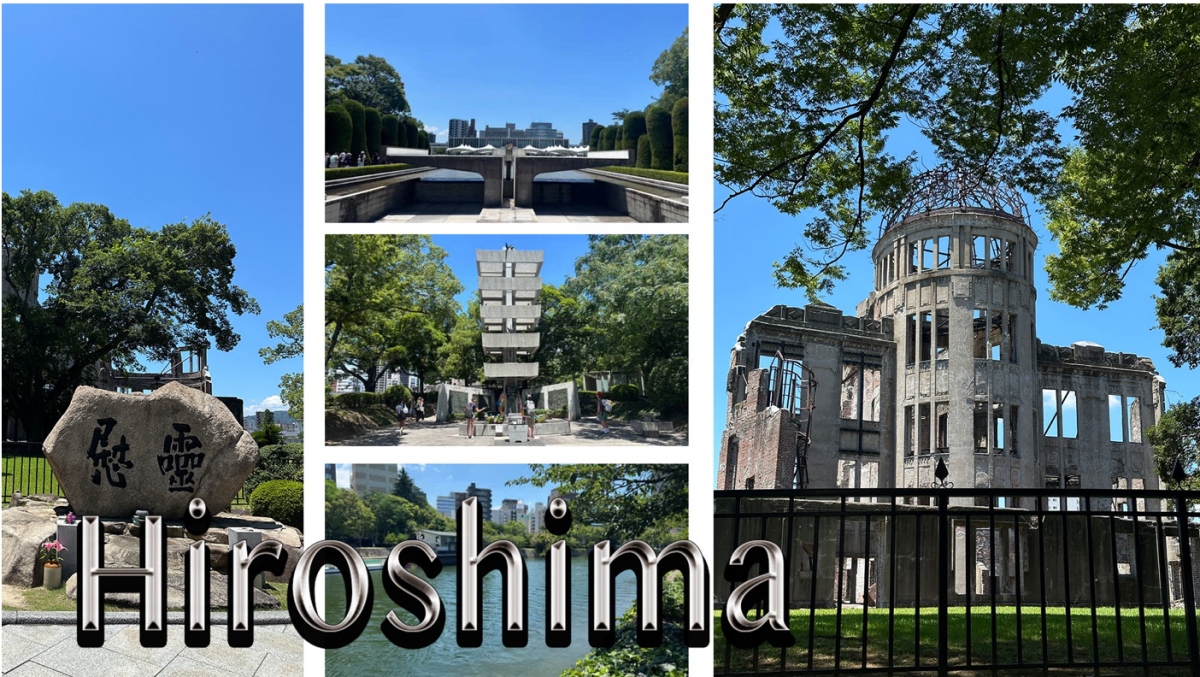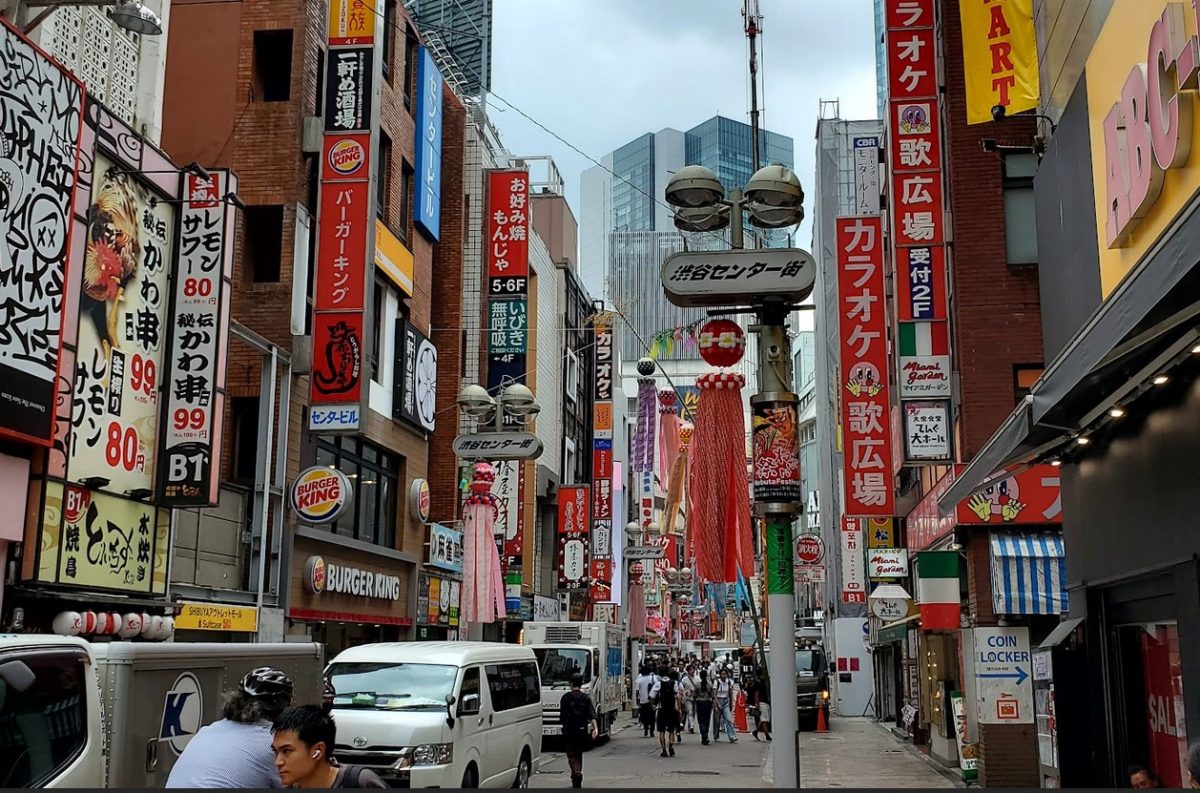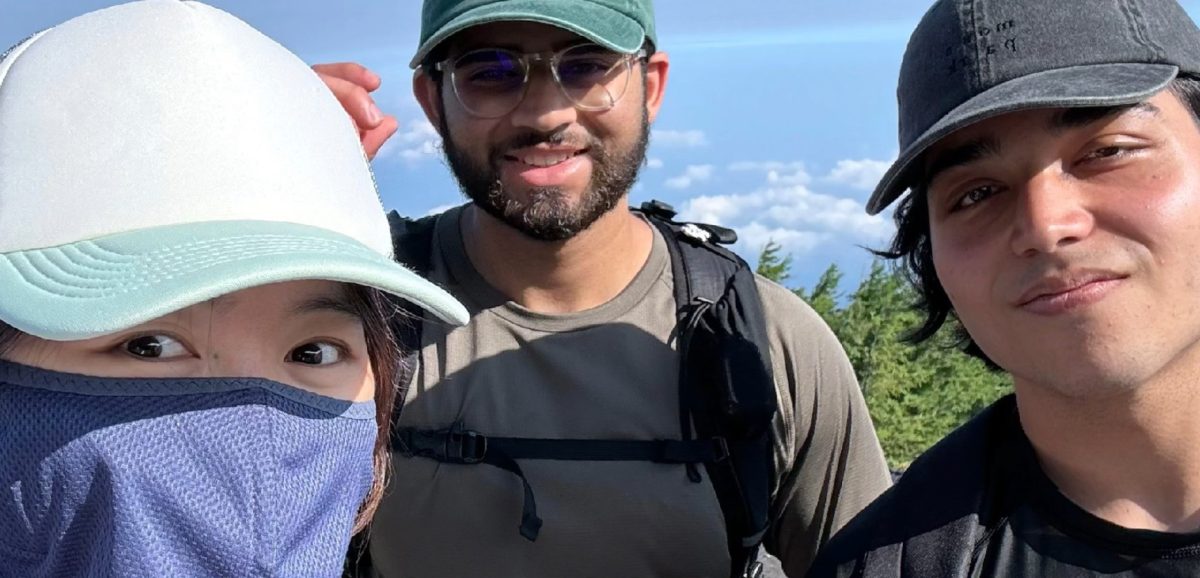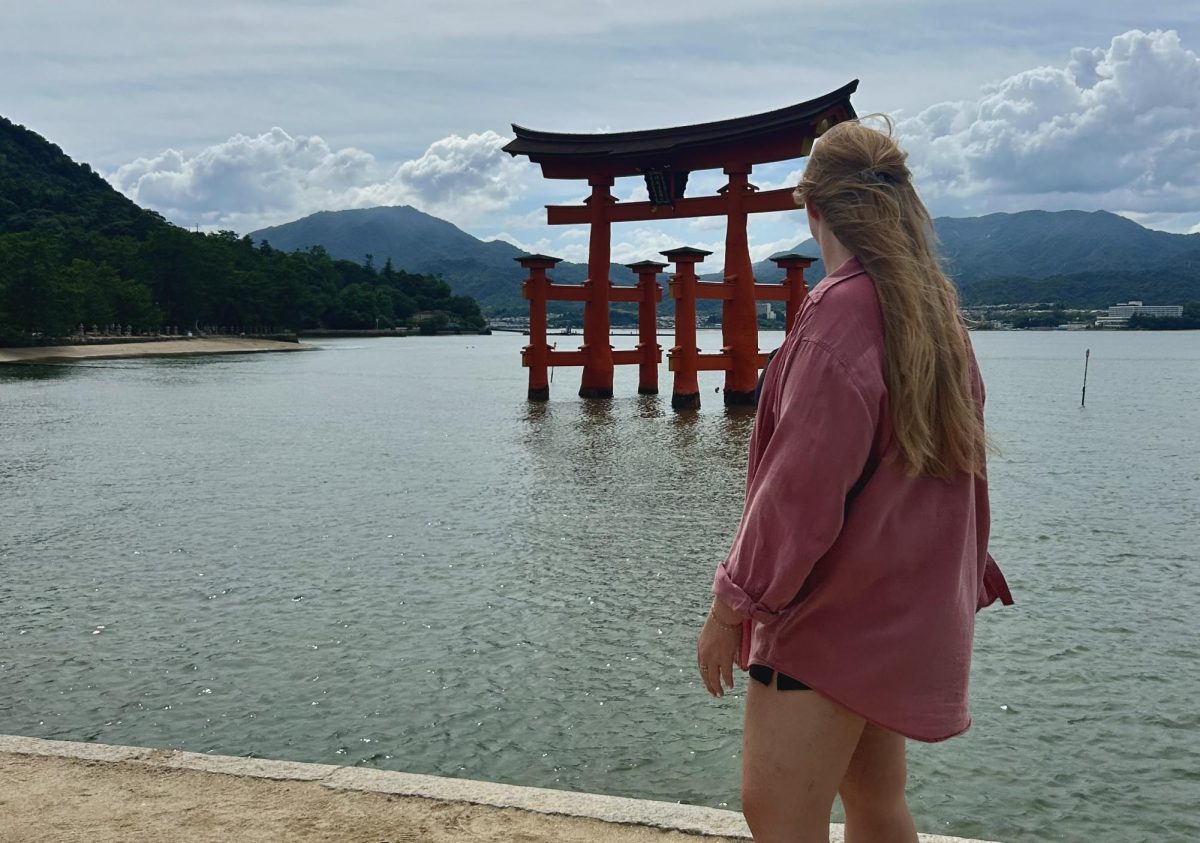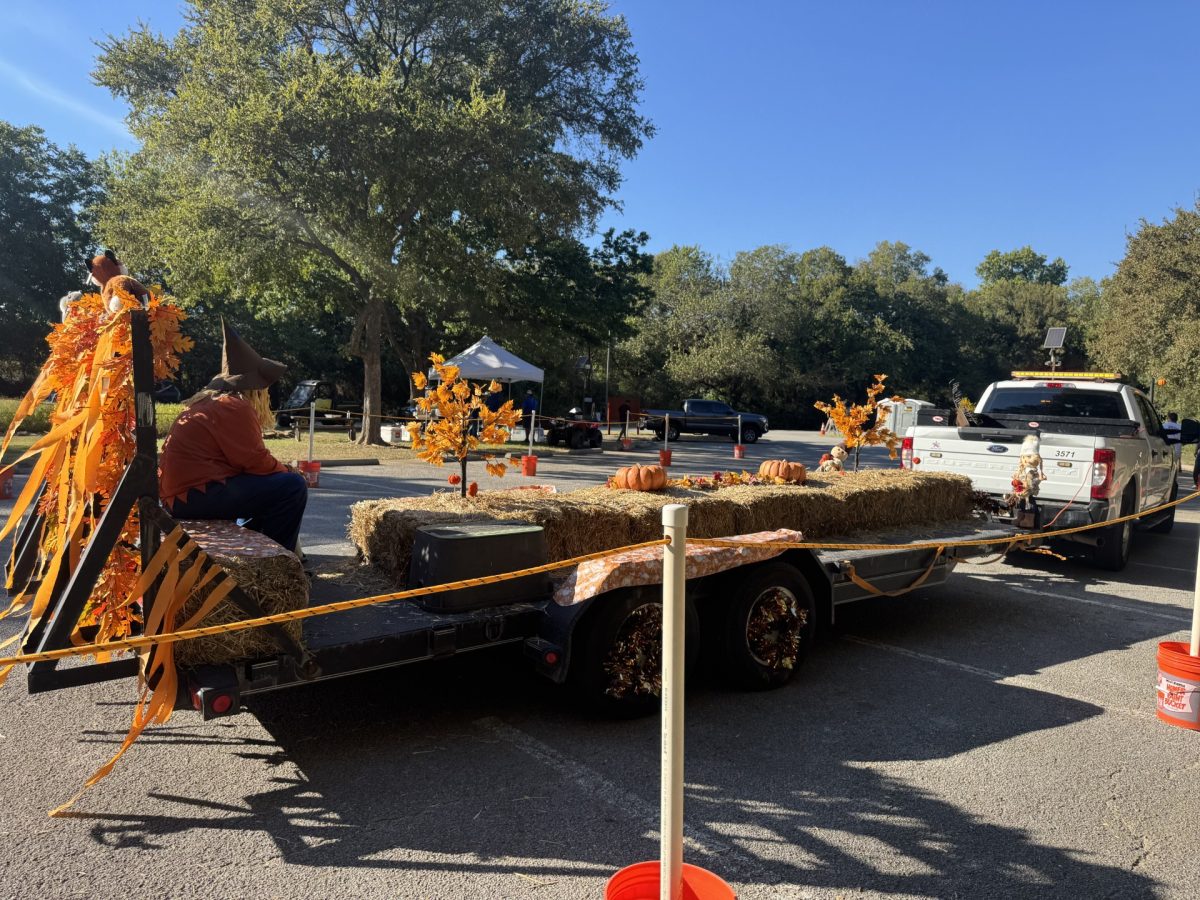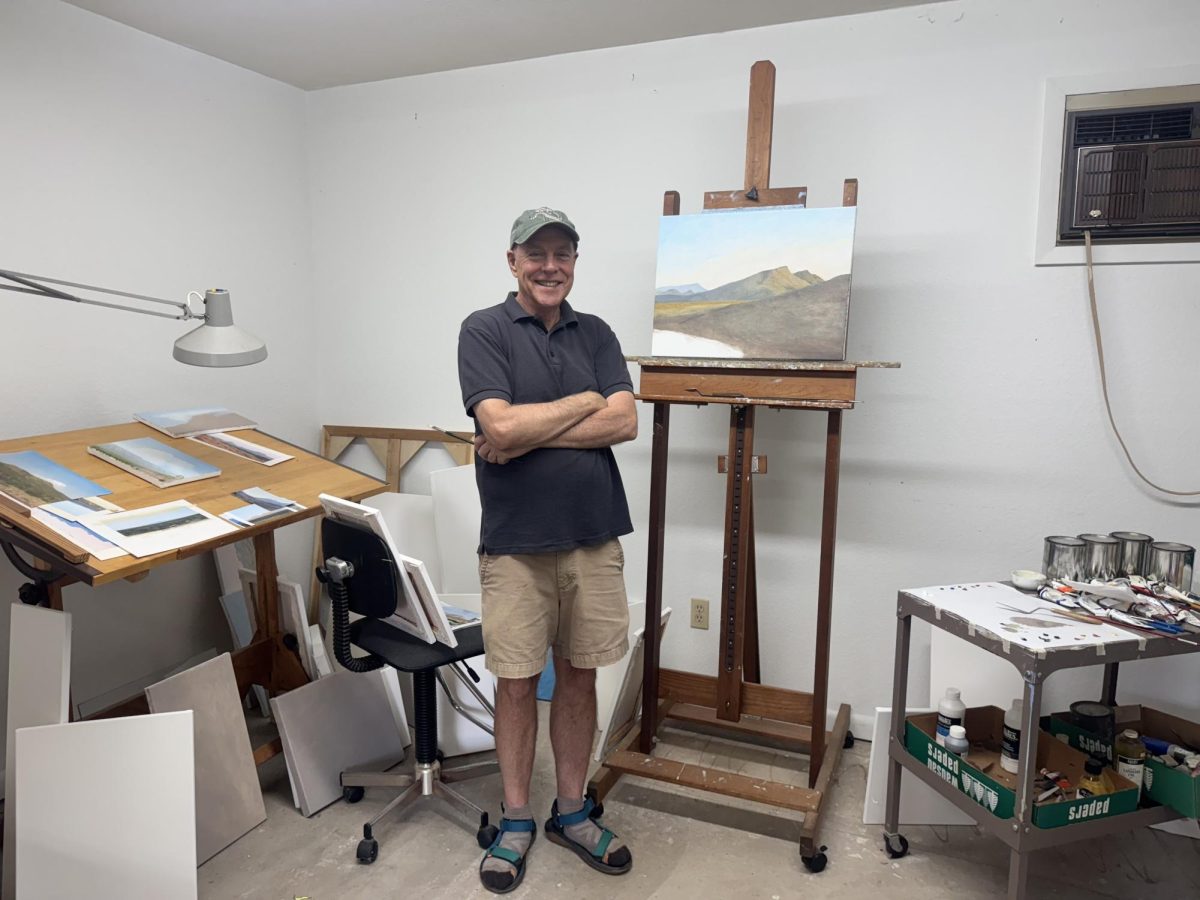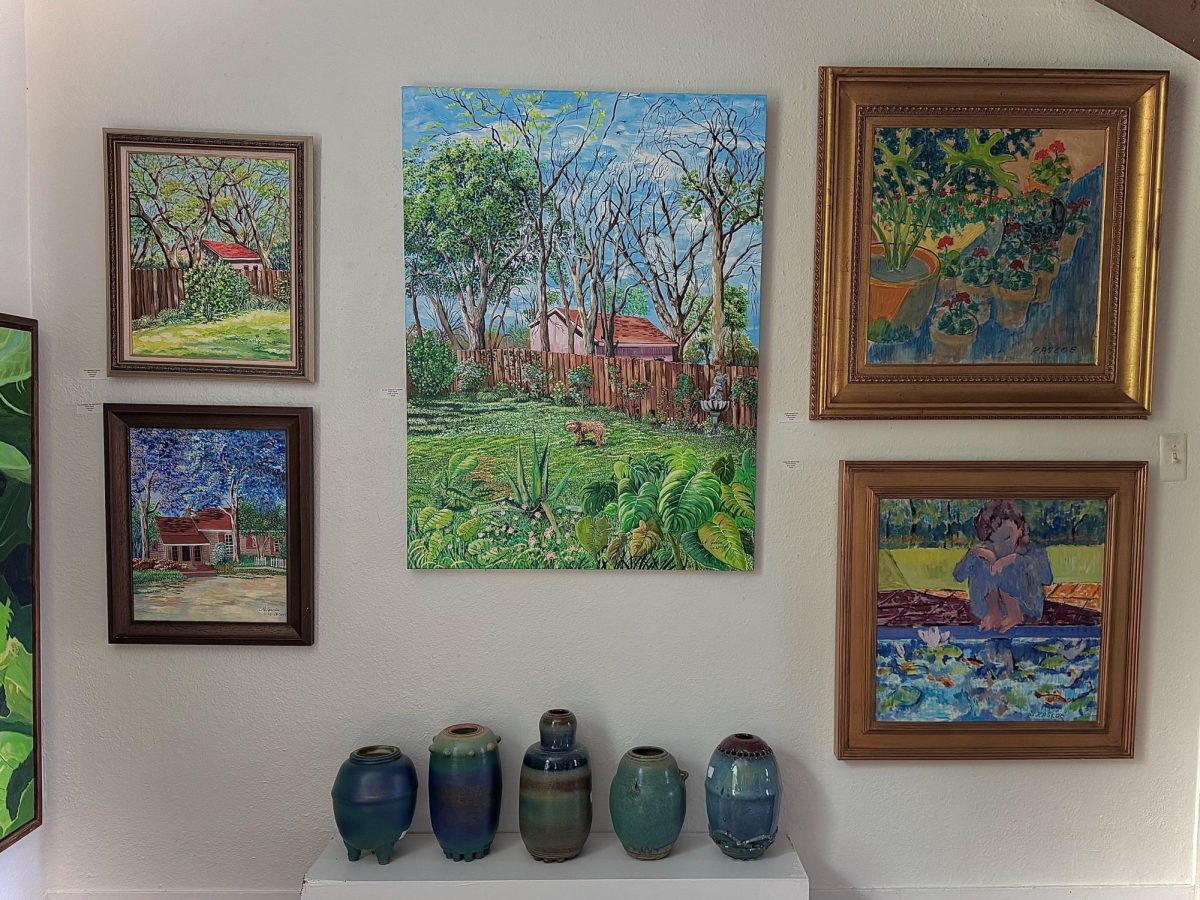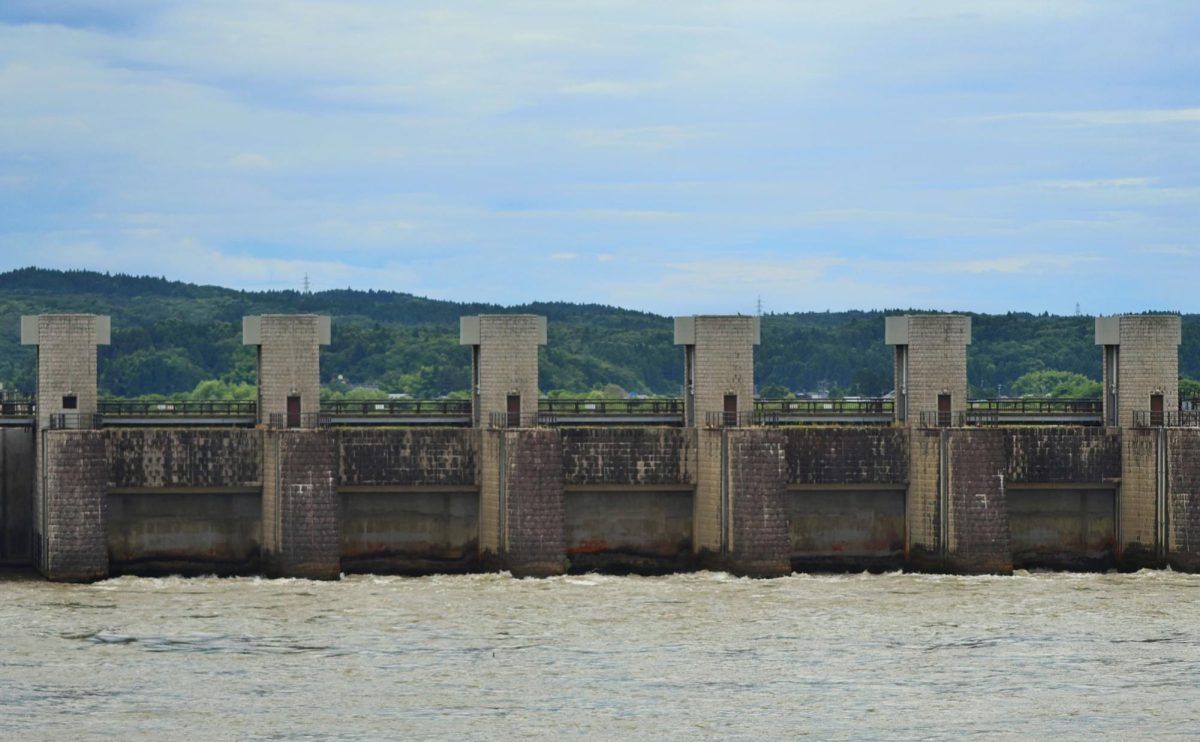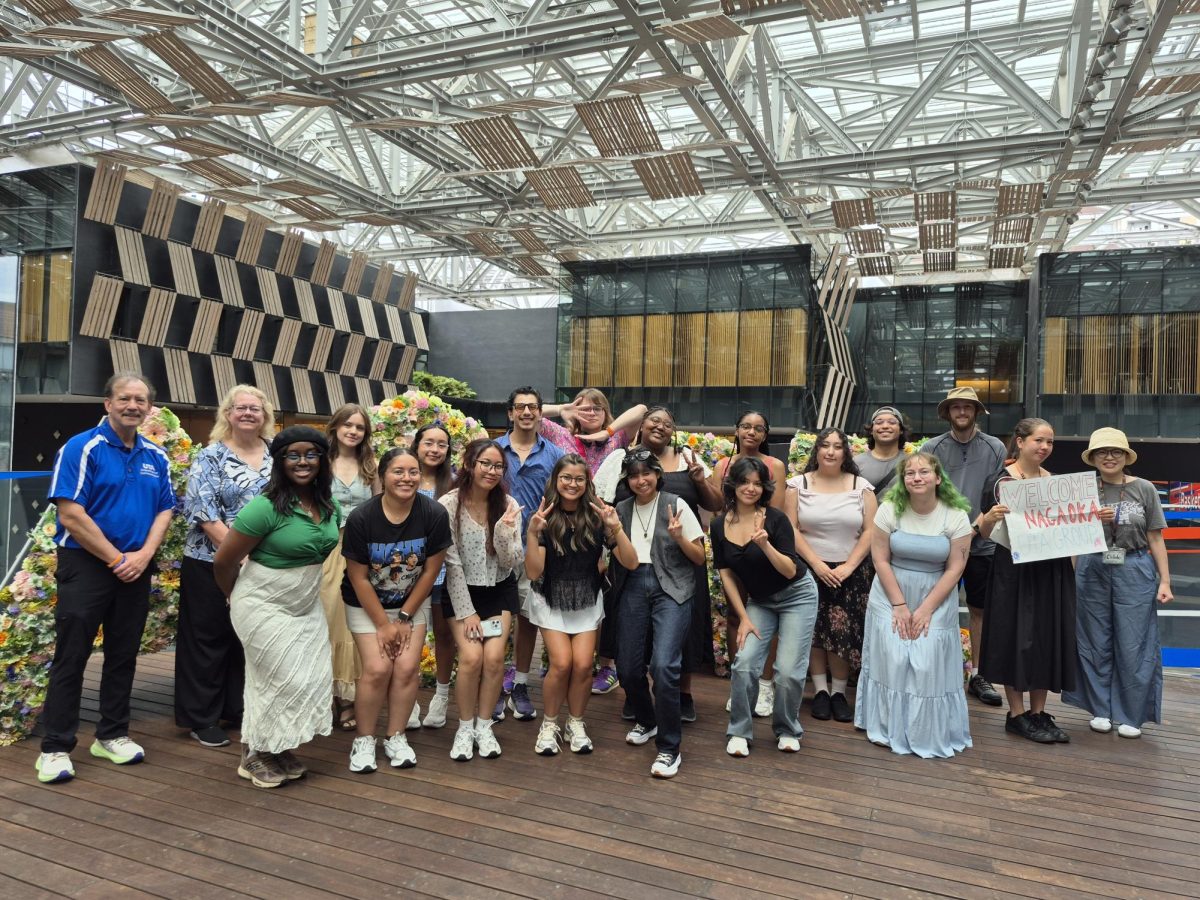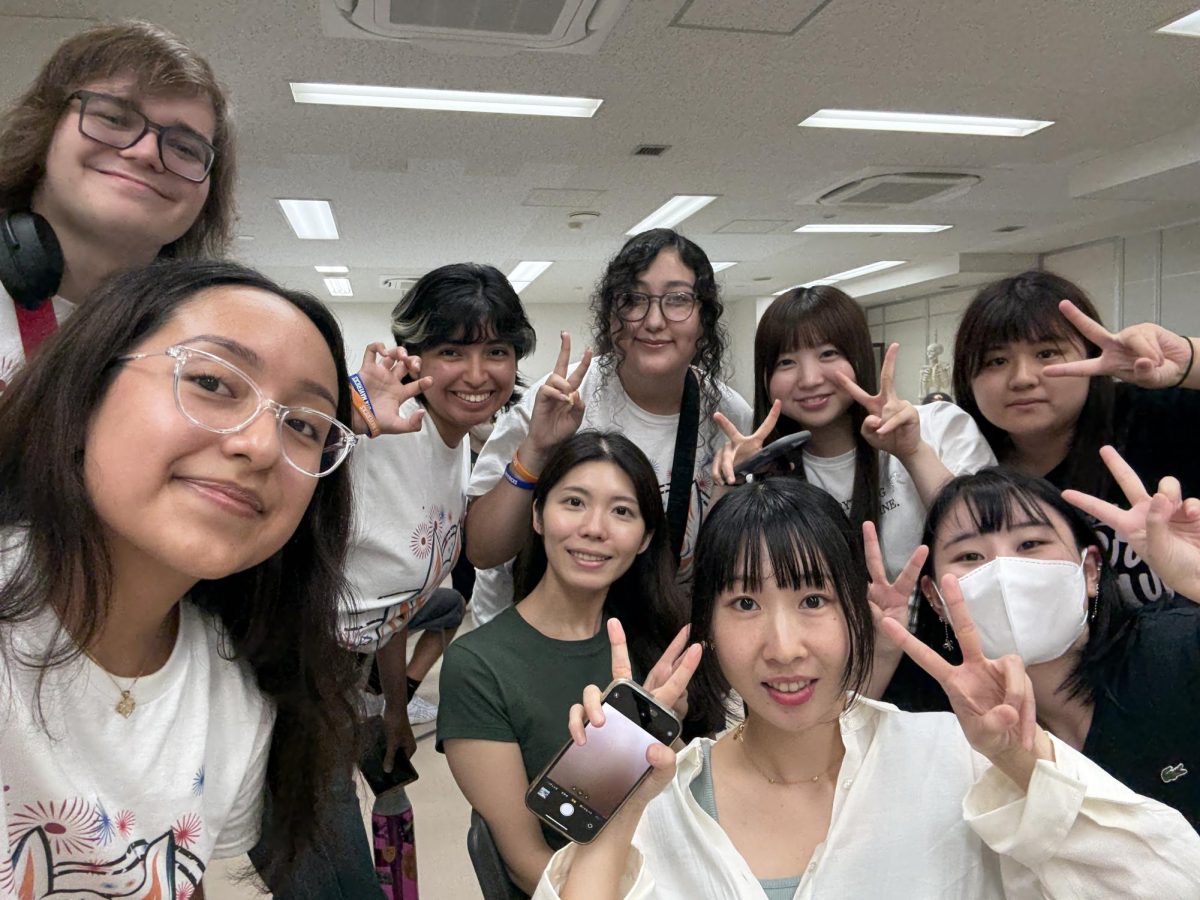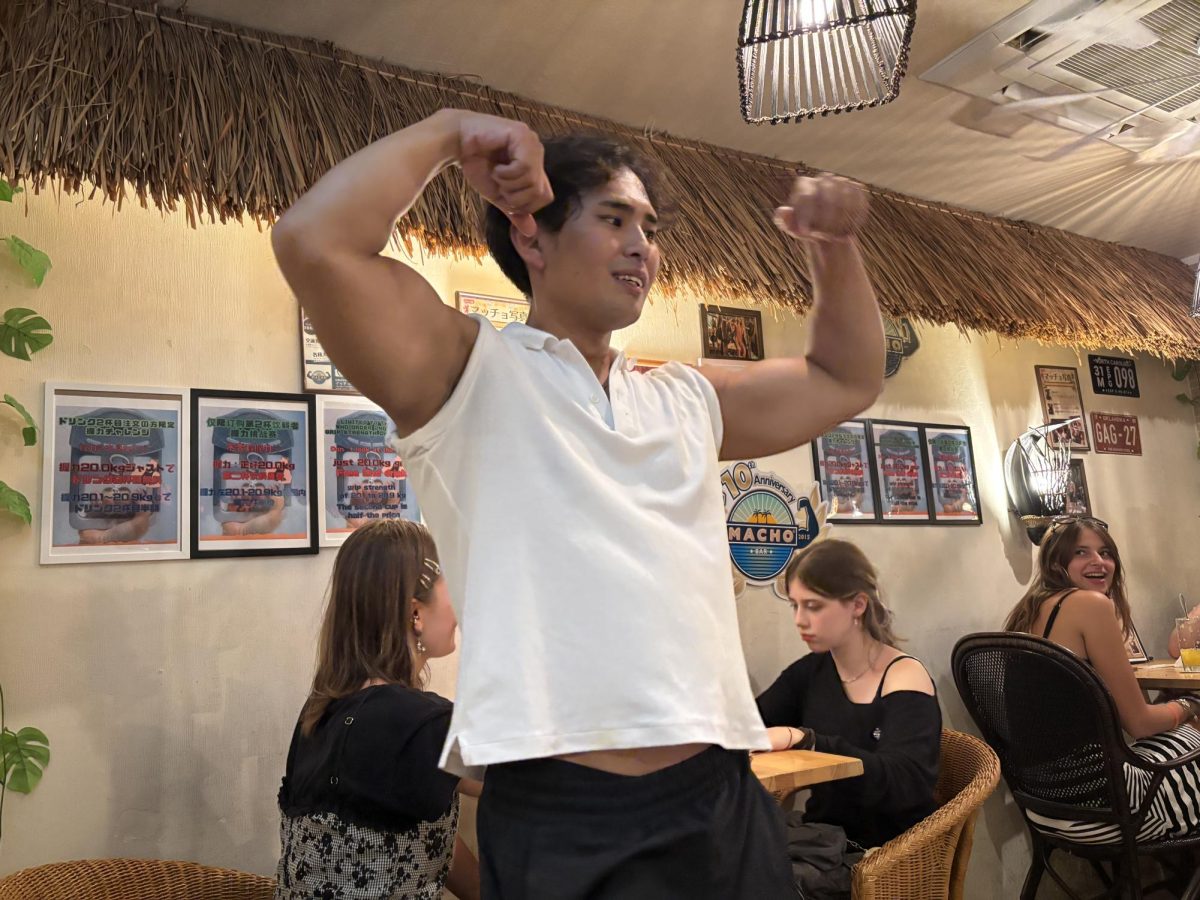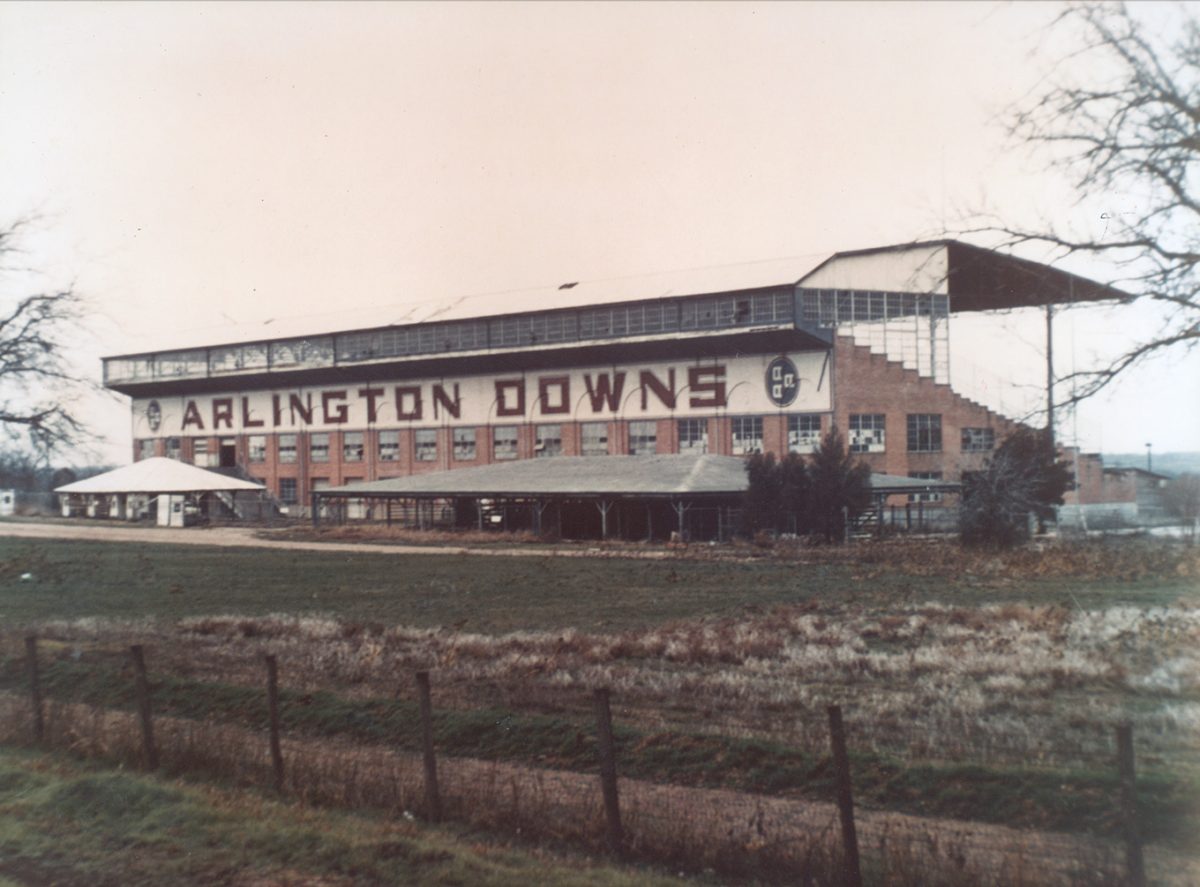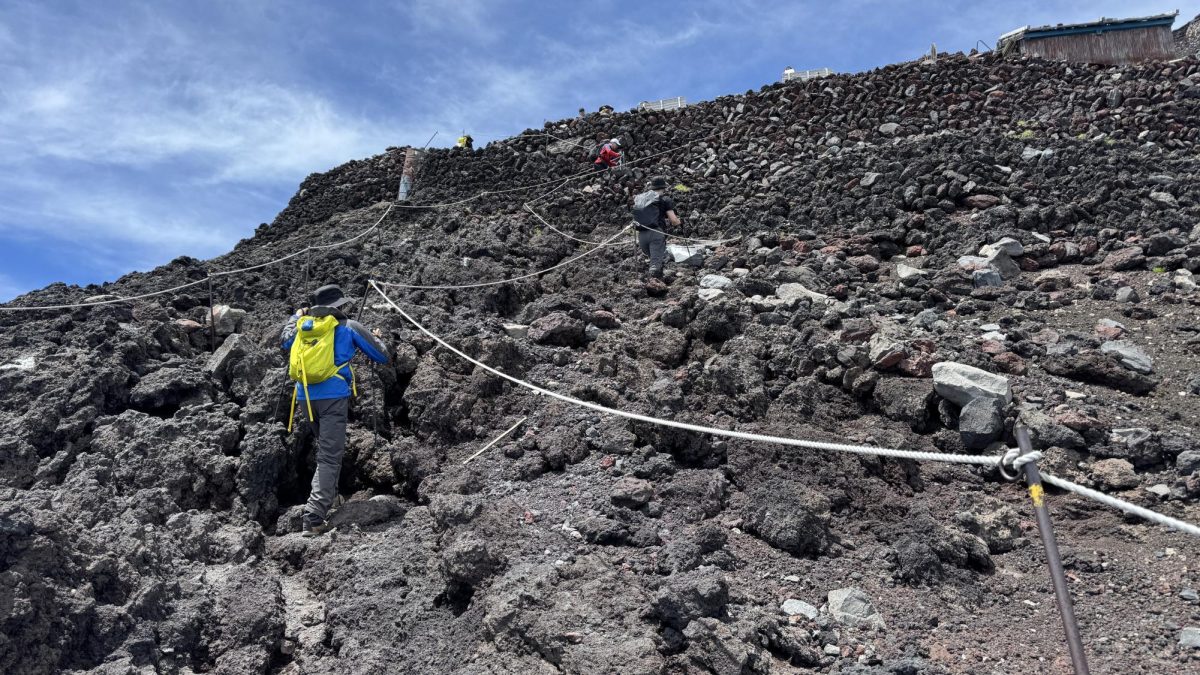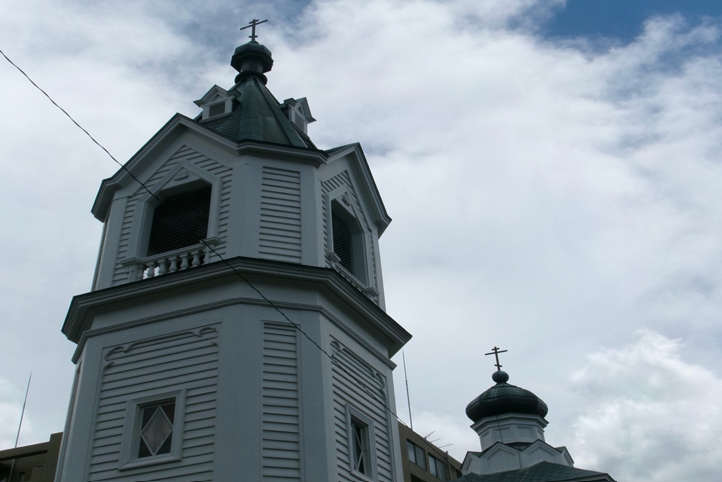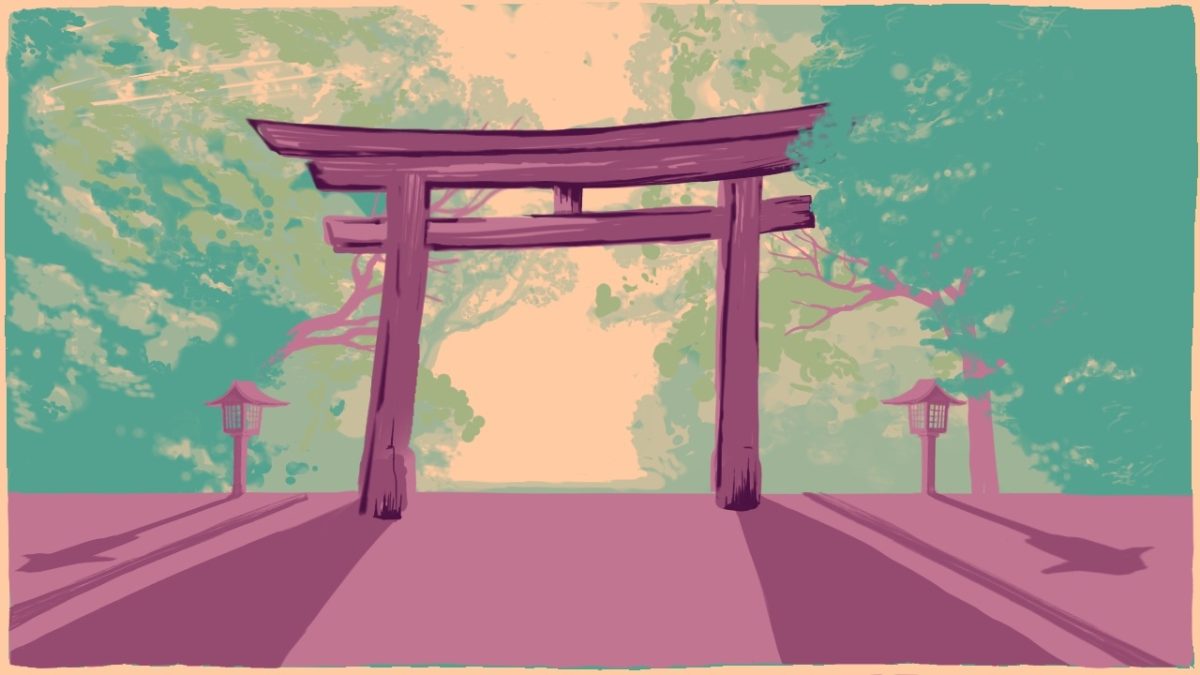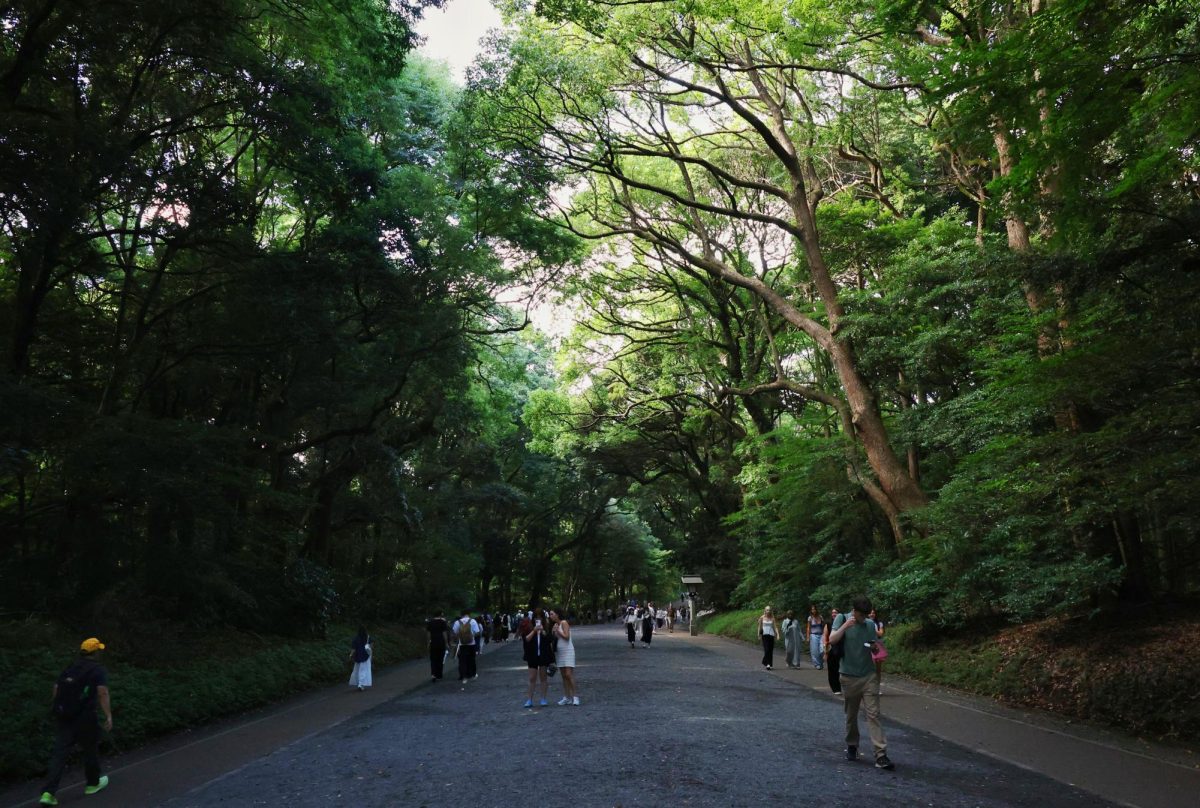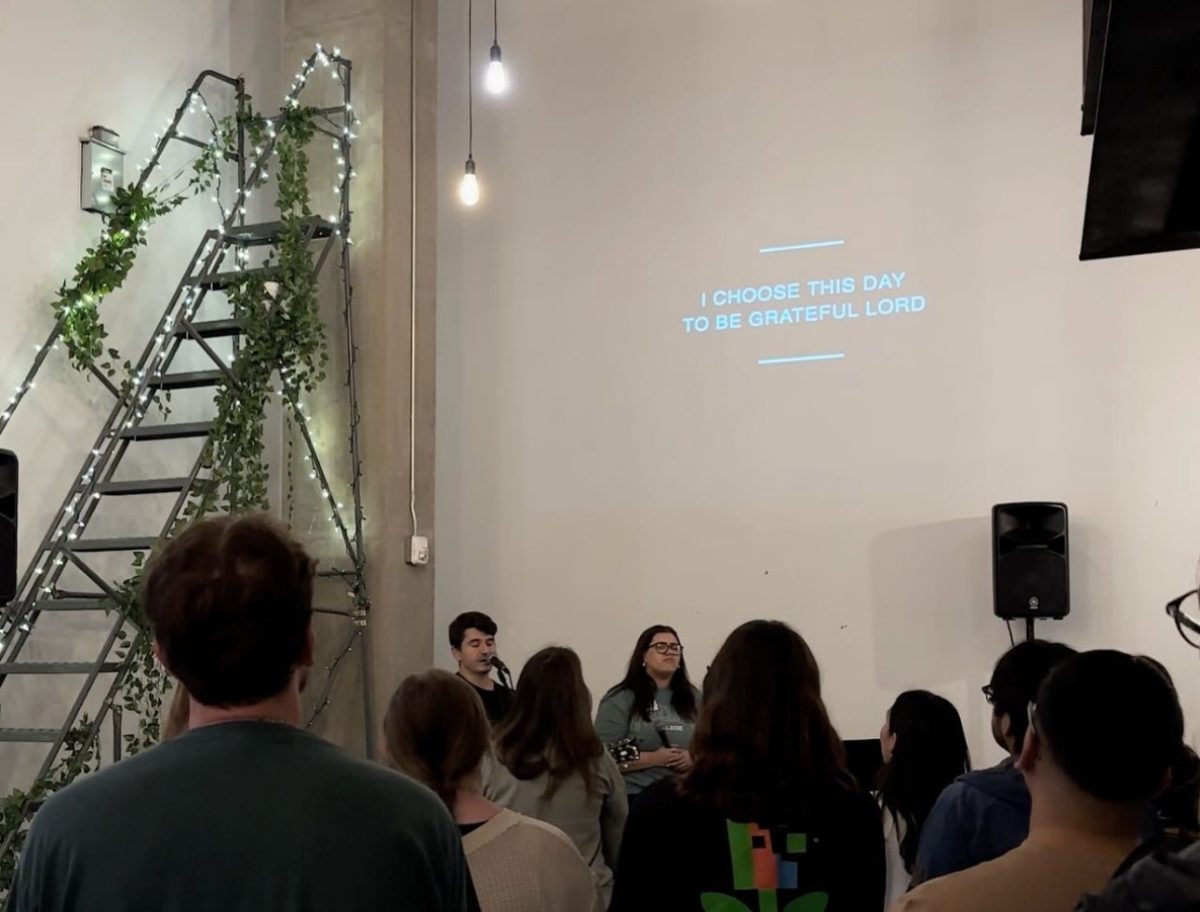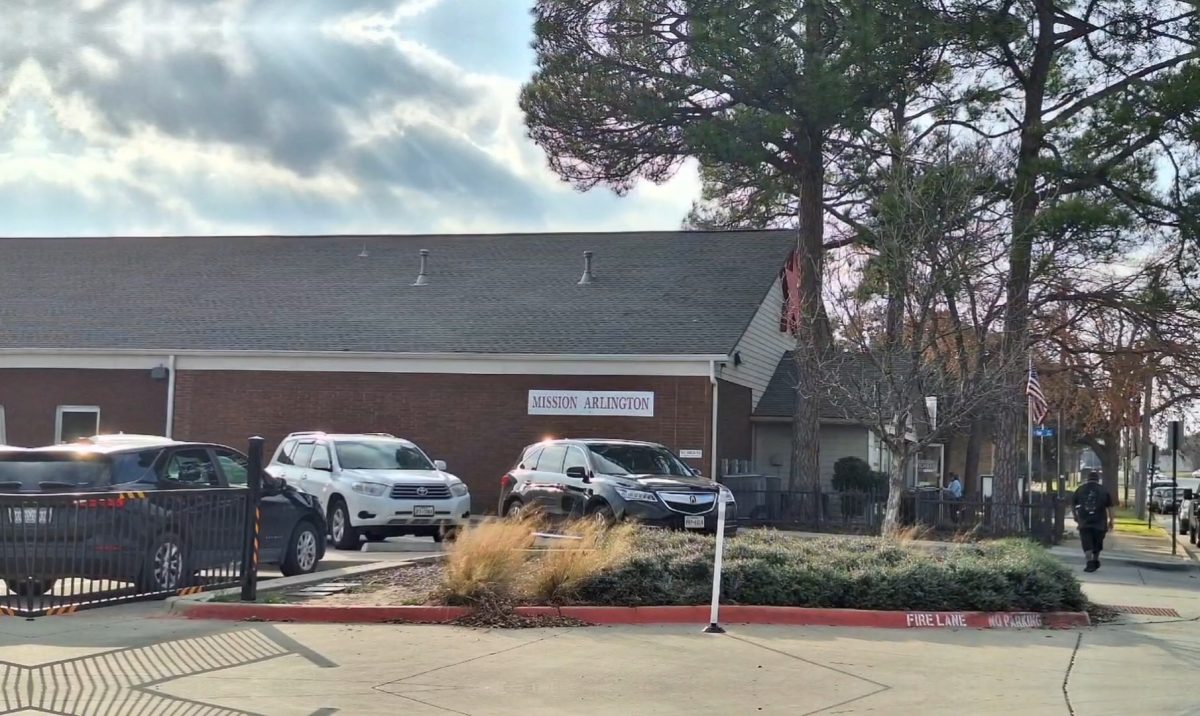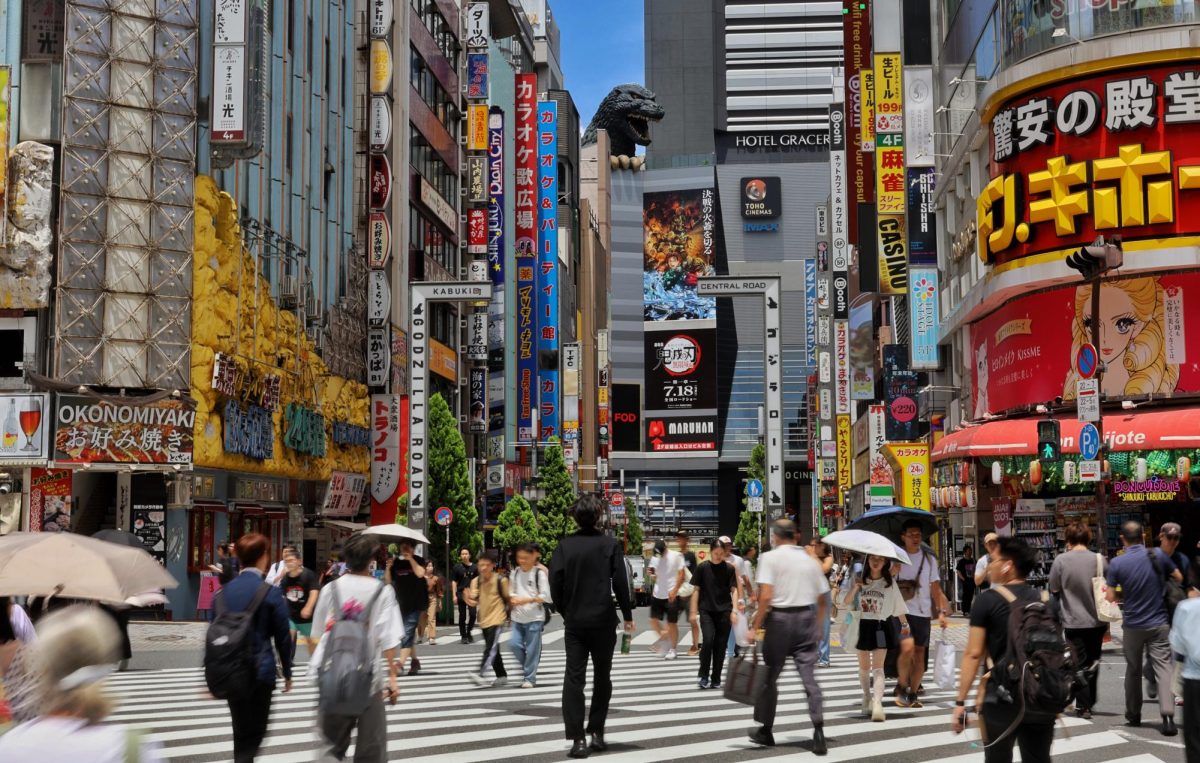SHIBUYA, Japan — The journey to Honden begins with a calm breeze that rattles the ginkgo, camphor, oak and pine trees of Meiji Jingu to bring down a gentle shower of leaves. The shadows from the 100-foot trees disperse the sunlight, accompanied by an indescribable sense of peace, a feeling that has lingered in this shrine for centuries.
Making your way toward Honden, the main shrine, only the sounds of distant crows overhead and the crunching of gravel beneath your steps accompany an increasingly quiet welcome as you get closer. It is not silence. It is serenity. It holds a sacred stillness that seems to absorb your breath and invite you to listen.
A stark mood shift
But as you step back through the torii gate, the sound of a train gets louder, and louder and louder. The smells of pine wood are overtaken by the deafening sounds of buses honking, hundreds of people chatting and cascades of glowing signs that spike your adrenaline.
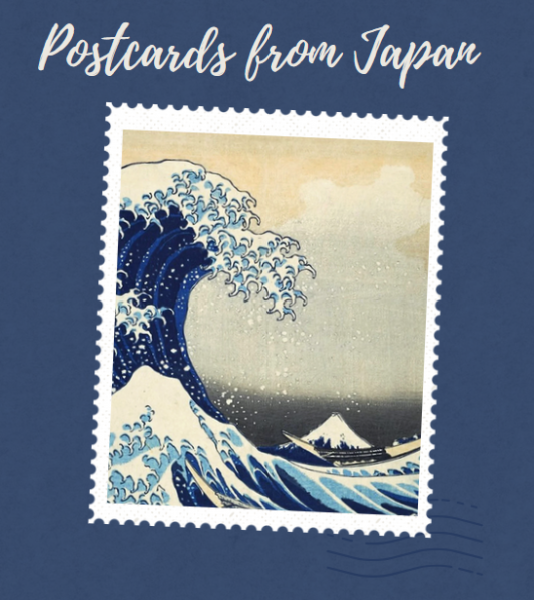
Gone is the refreshing breeze of solace, now replaced with the muggy air of being congested by a sea of people drifting through the streets of Kabukicho.
But despite the overload of the senses, the dazzling lights create a kaleidoscope of neon that captivates you like a moth to a flame, keeping you from looking away. Signs flash in every direction. Anime characters, idols, restaurant menus and adult entertainment ads compete for your eyes. It is visual chaos, but in its own way, strangely coordinated.
Just as much effort that was put into the Nagare Zukuri style architecture of the Meiji Jingu Shrine was also put into the towering metal behemoths and buzzing nightlife around Kabukicho. Both spaces are intentional. One draws from centuries of spiritual tradition, while the other is inspired by modern spectacle and stimulation.
Gyrating with life
It’s a cityscape so alive you do not mind the bombardment of advertisements. Locals and tourists alike hold up their cameras, eager to capture a street gyrating with life. The neon pulses like a heartbeat. Even at midnight, Kabukicho refuses to sleep.
Both the shrine and the city entice you to explore for different reasons. An energy in the air pulls you deeper and deeper into the woods at Meiji Jingu, while the infinite path of lights taps into your wonderment in Shinjuku.
Unfortunately, another commonality between both locations is the disregard of local customs by tourists. Where there lies a chance for people from all over the world to become one and adopt the gracious ways of the Japanese, it becomes ruined by naivety. At Meiji Jingu, voices that should be whispers are often loud, phones raised where bows should be made. In Kabukicho, it is not uncommon to see drunken tourists ignoring signage or crowding doorways without awareness of etiquette.
Some local shops and restaurants take advantage of this by overpricing goods and handing out ill-intentioned invitations. The blaring from speakers share messages created by the local police to beware of touts who ask you to play along with their scams. Scam bars, rigged games and aggressive promoters often target those who are not paying attention.
Your presence matters
All of this occurs while a gigantic Godzilla head peeks over the TOHO cinema at the end of the street. Lights and smoke imitate Gojira’s blazing breath. A stark contrast from the smooth hums of wind swishing through the emerald greenery at the Meiji Jingu Shrine is evident.
In the end, both places represent two sides of Japan’s identity — the preserved and the pulsating. One draws you in with ancient reverence, the other with sensory spectacle. But they both demand the same thing: respect. Whether you are passing under the towering trees of Yoyogi Park or walking beneath the buzz of Kabukicho’s glowing signs, your presence matters. And how you move through these spaces says something, not just about you, but about the kind of visitor you choose to be.






